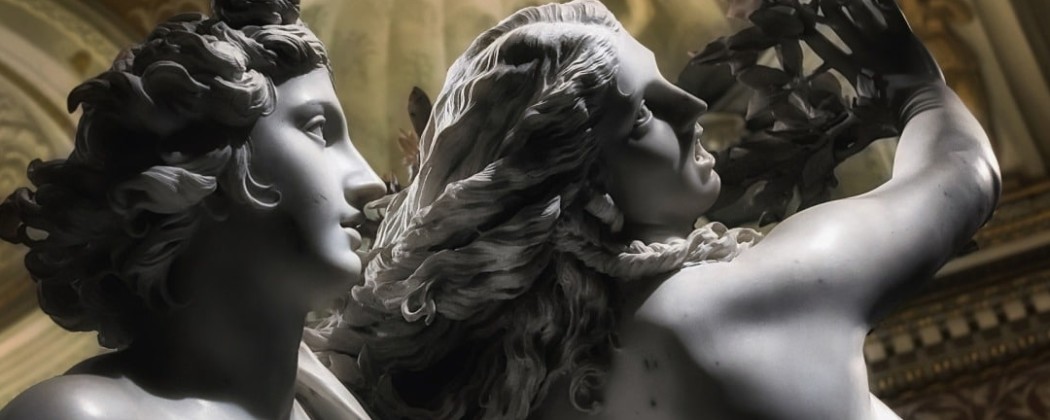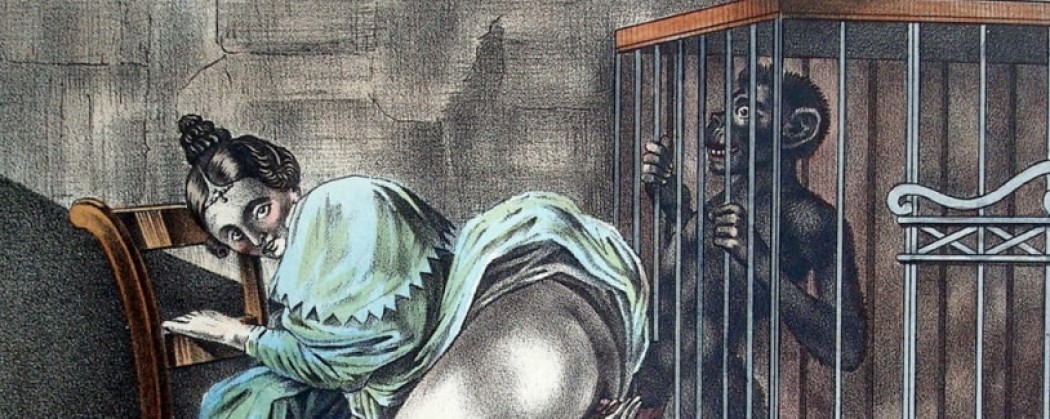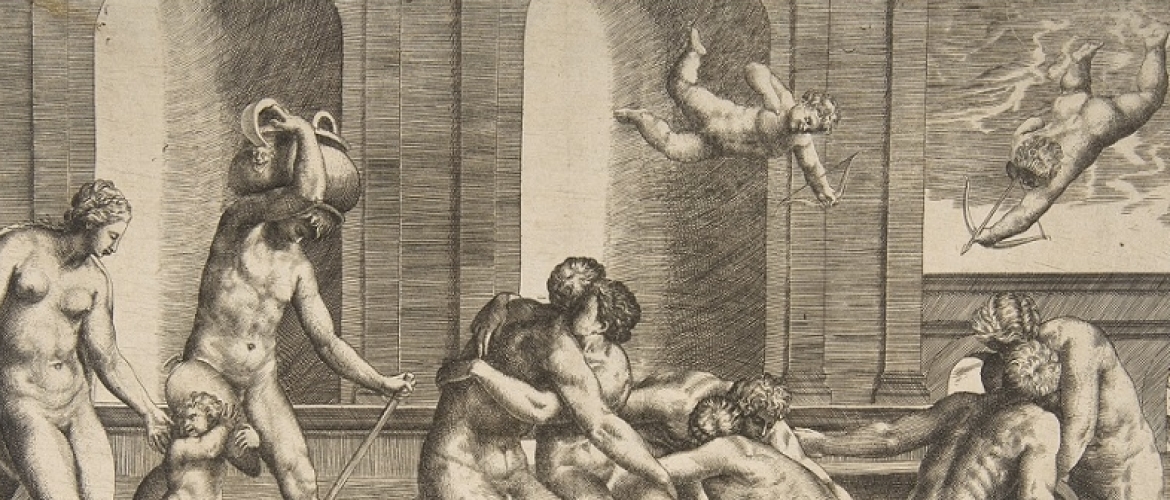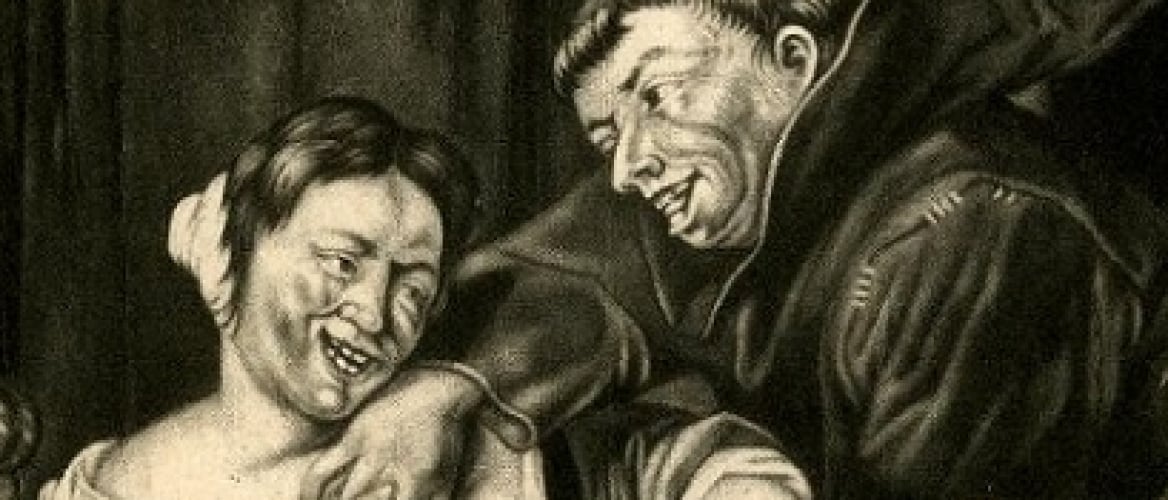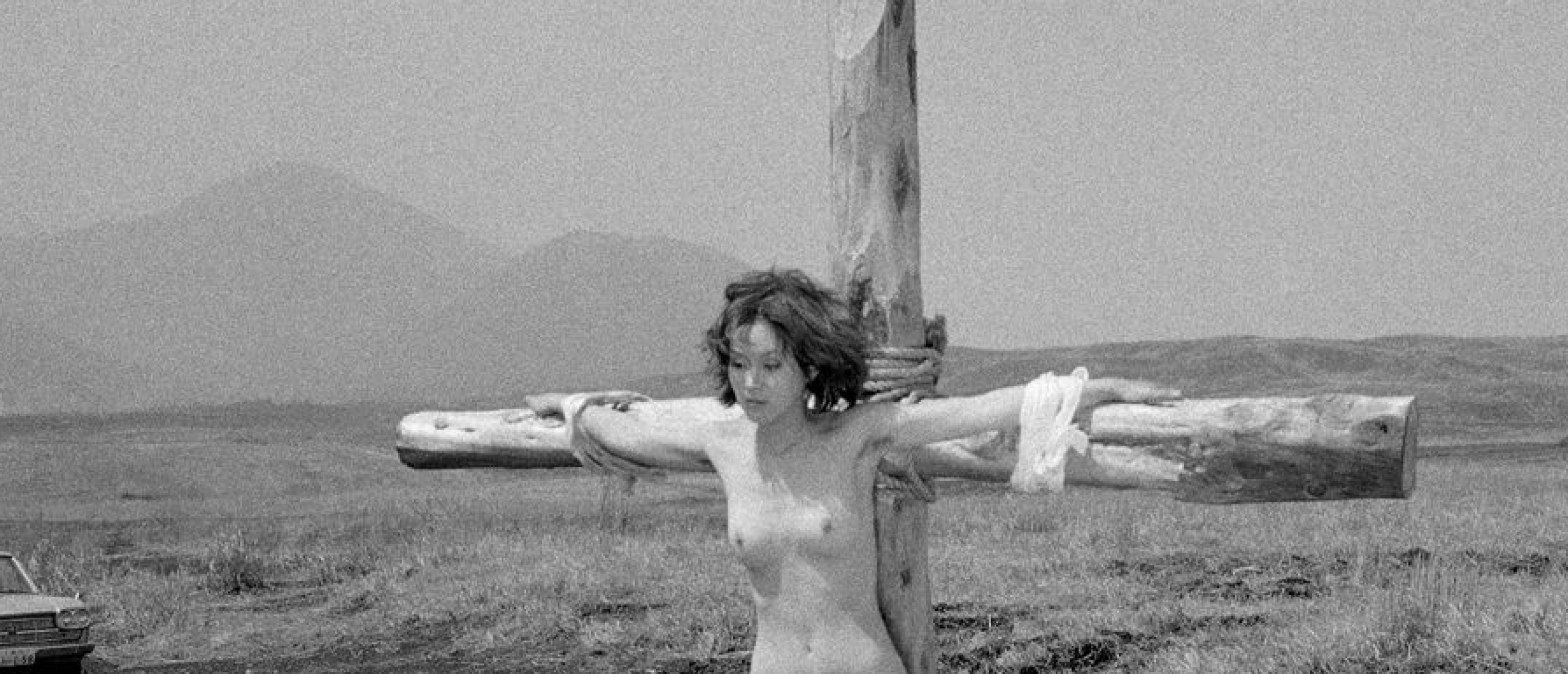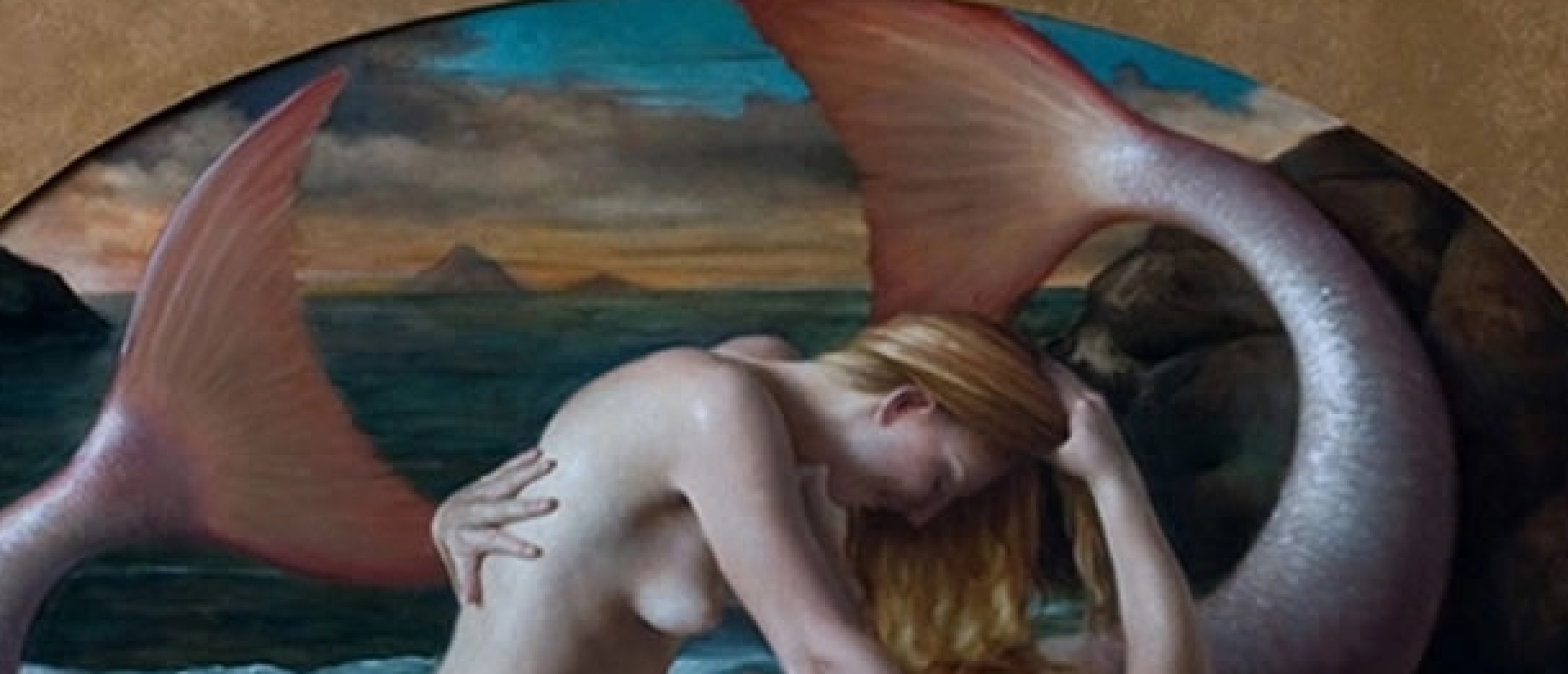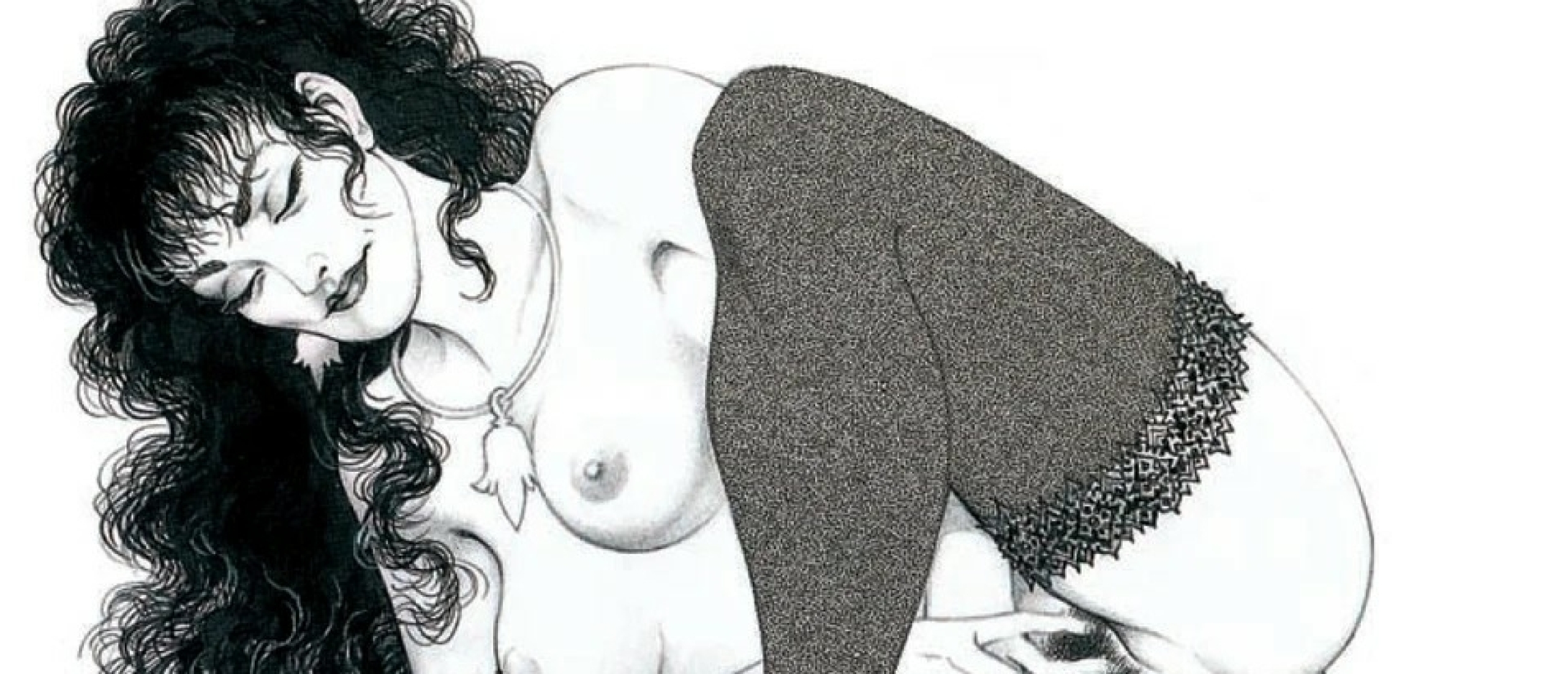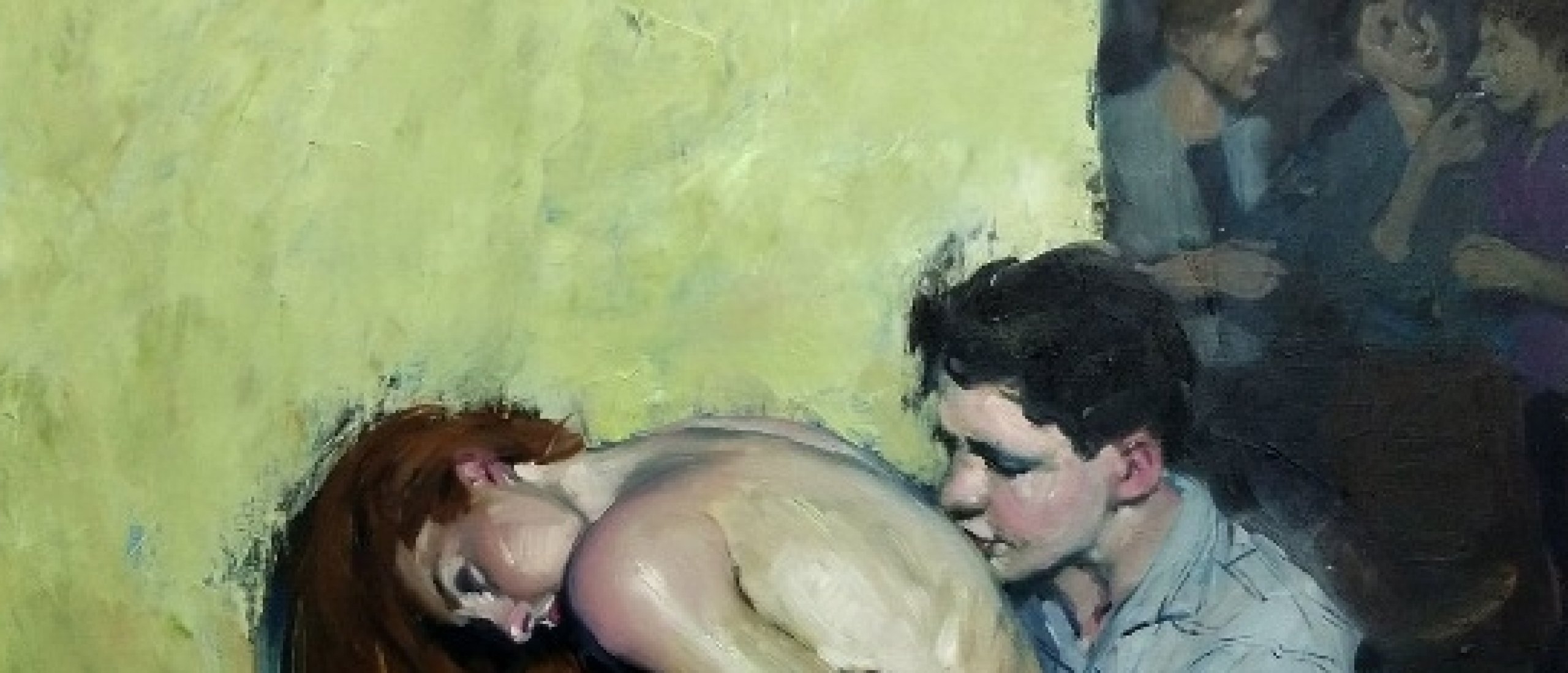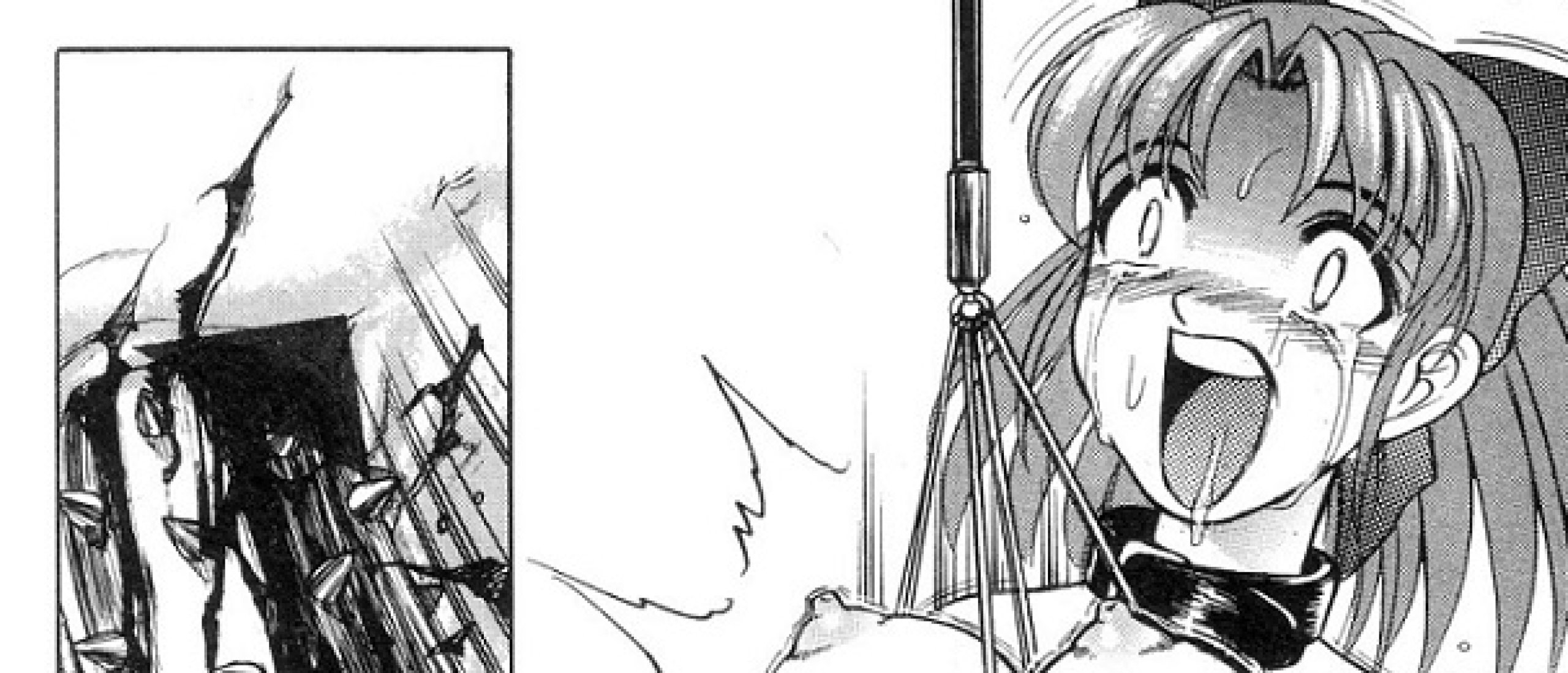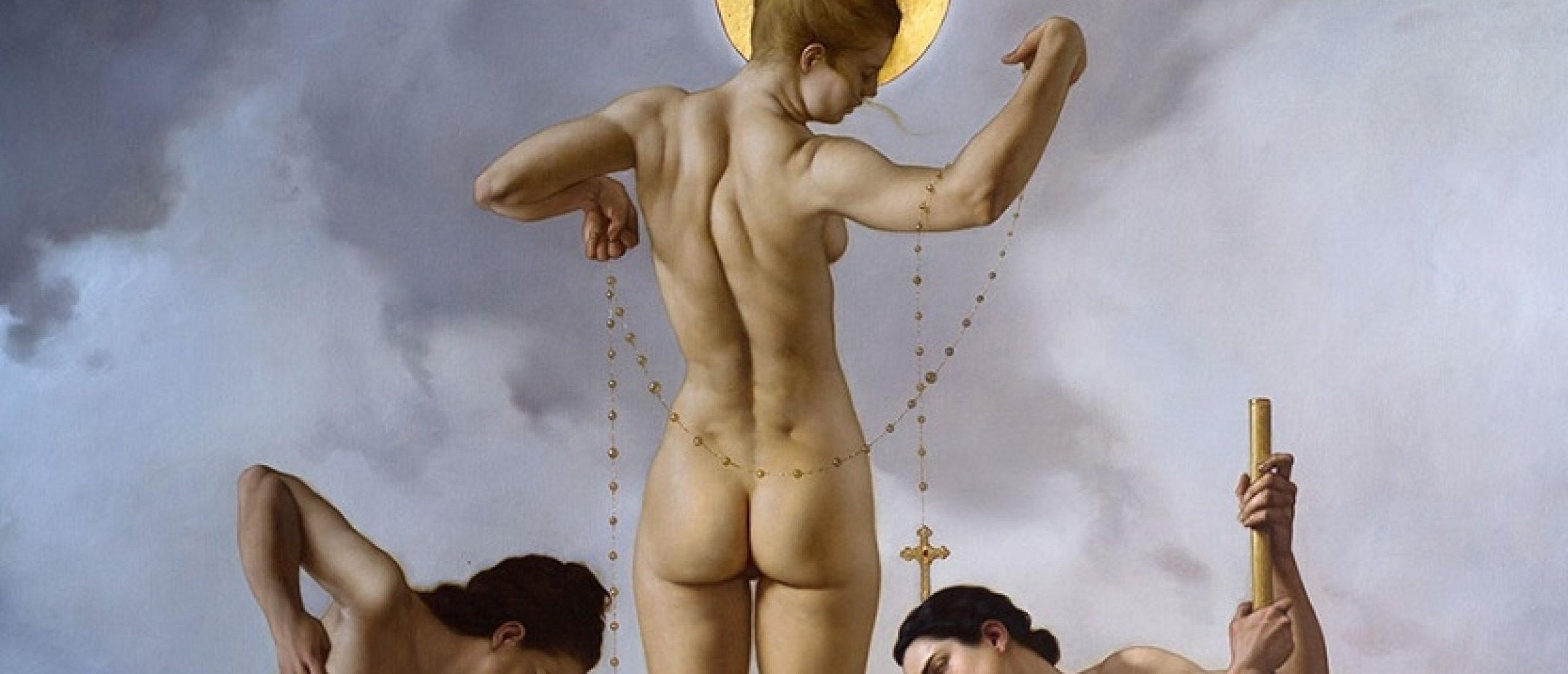
Roberto Ferri (b. 1978) is an acknowledged Italian artist who began as a self-taught painter. Since 1999, he studied the masters of different periods, from the 16th to 19th century, like Caravaggio, Ingre, and Bouguereau. In 2013, Ferri created 14 canvases for Via Crucis for the Cathedral of Noto, Syracuse. In 2014, Ferri performed two official portraits of His Holiness Pope Francis placed in the Governorate and the Sala della Consulta of the Vatican City. His work also appeared in The Man Who Sold His Skin movie (2020).
Inhuman Visions
The religious and mythological content of his works performed in an academic manner is impressive. We see gods, titans, heroes, and monsters as if painted by a skillful artist who lived centuries ago and was possessed by inhuman visions of ancient creatures that came out of Dante's Inferno.
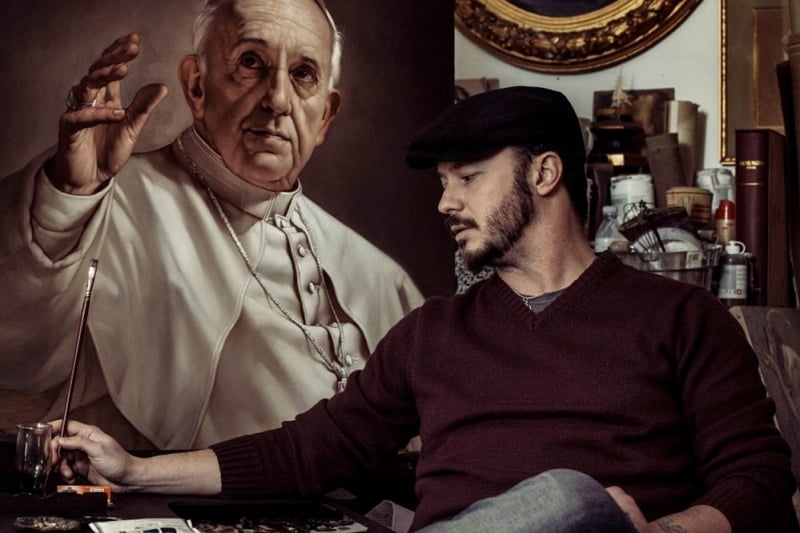
Fig. 1. Roberto Ferri with his work, 2014.
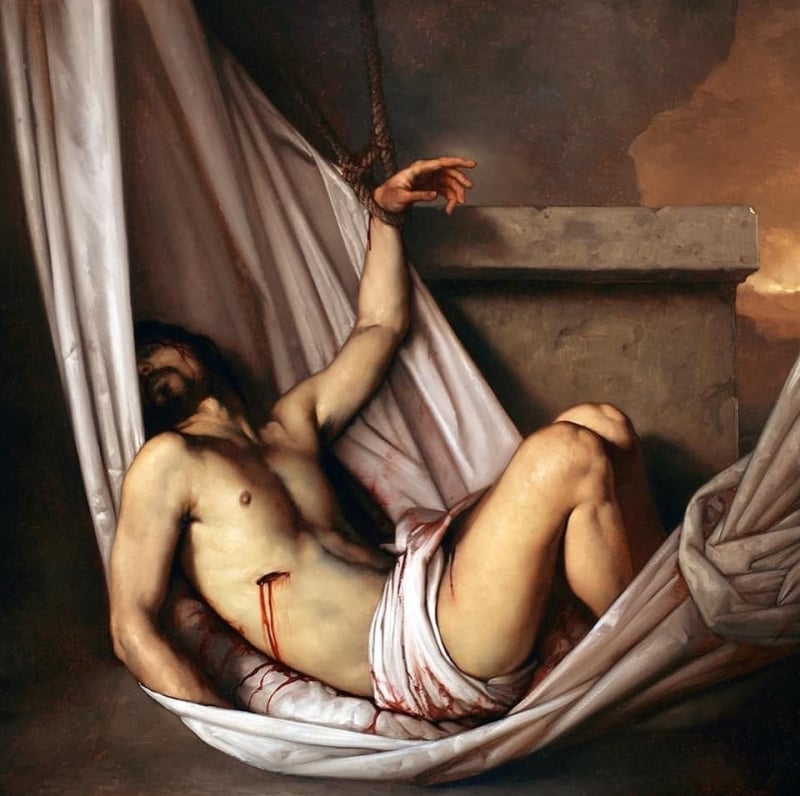
Fig. 2. Via Crucis (instagram.com)
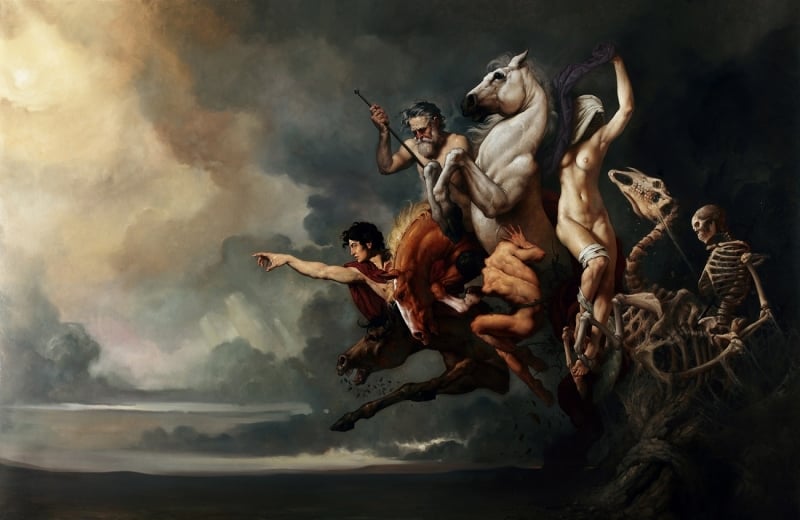
Fig. 3. The Four Horsemen of the Apocalypse, 2012.
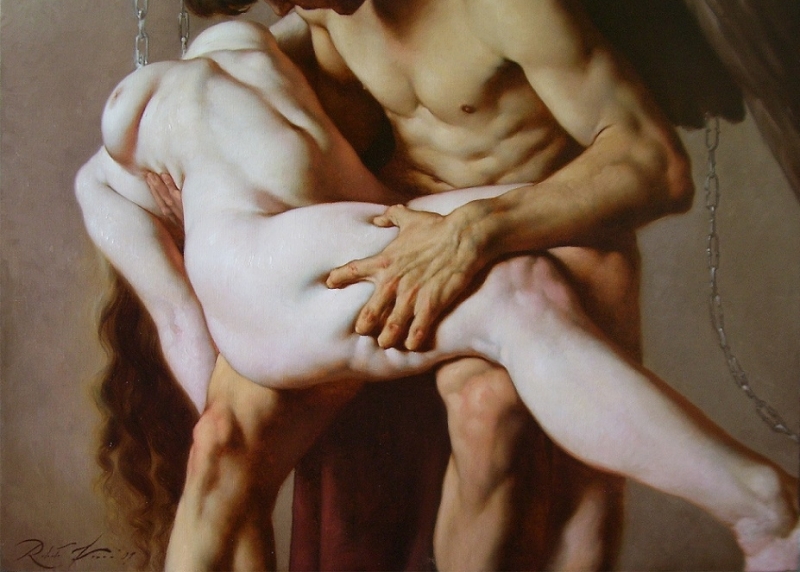
Fig. 4. The Prison of Tears, 2009.
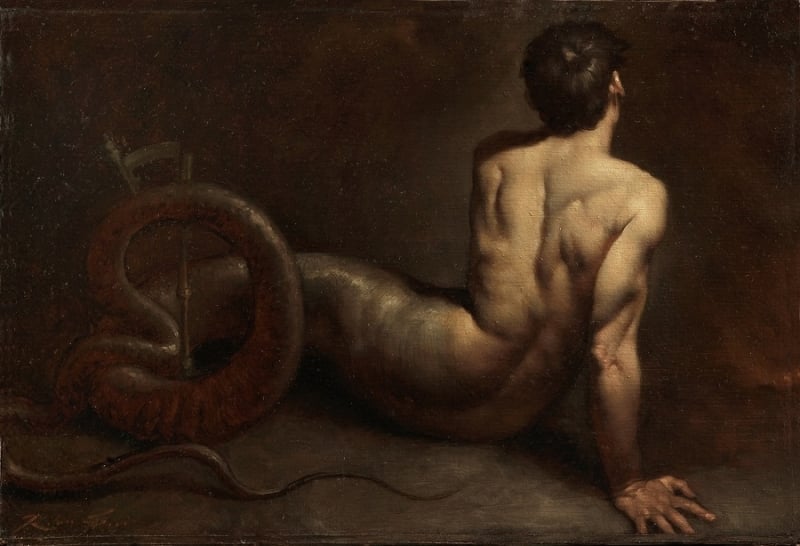
Fig. 5. Metamorphose, 2021.
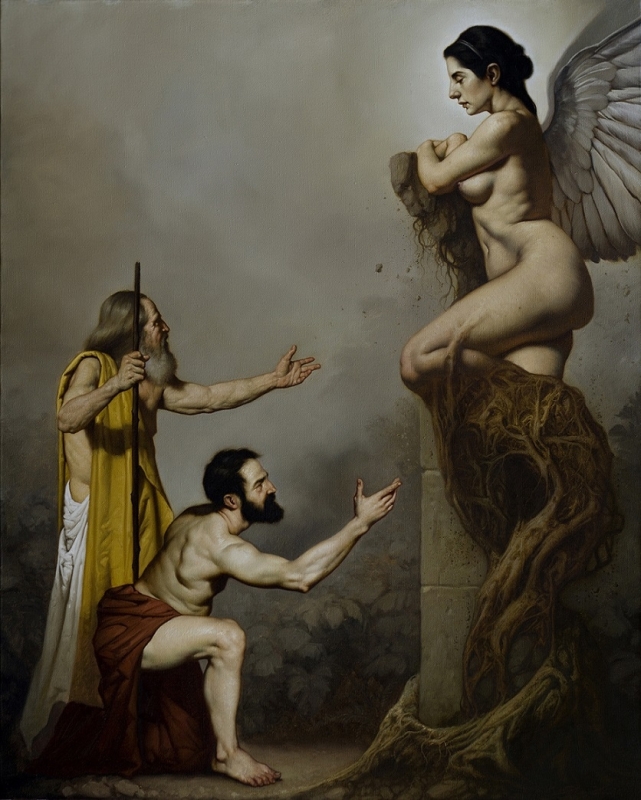
Fig. 6. The Oracle, 2020.
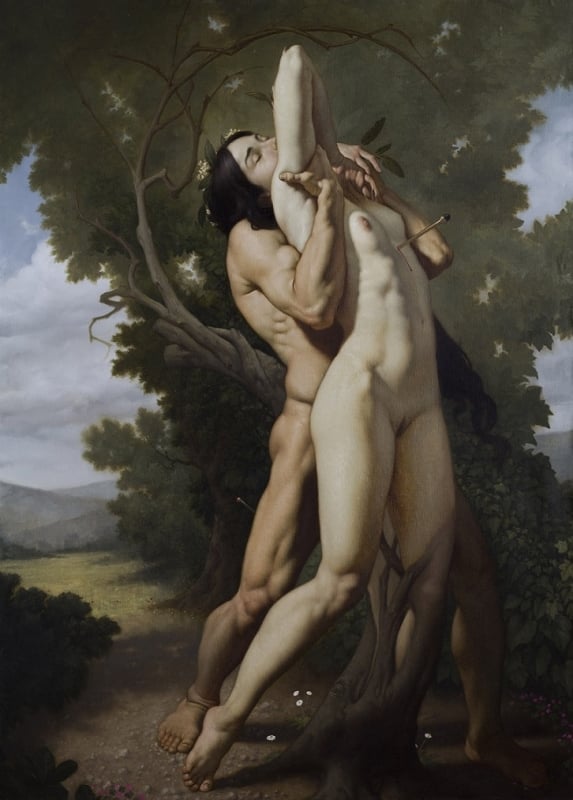
Fig. 7.

